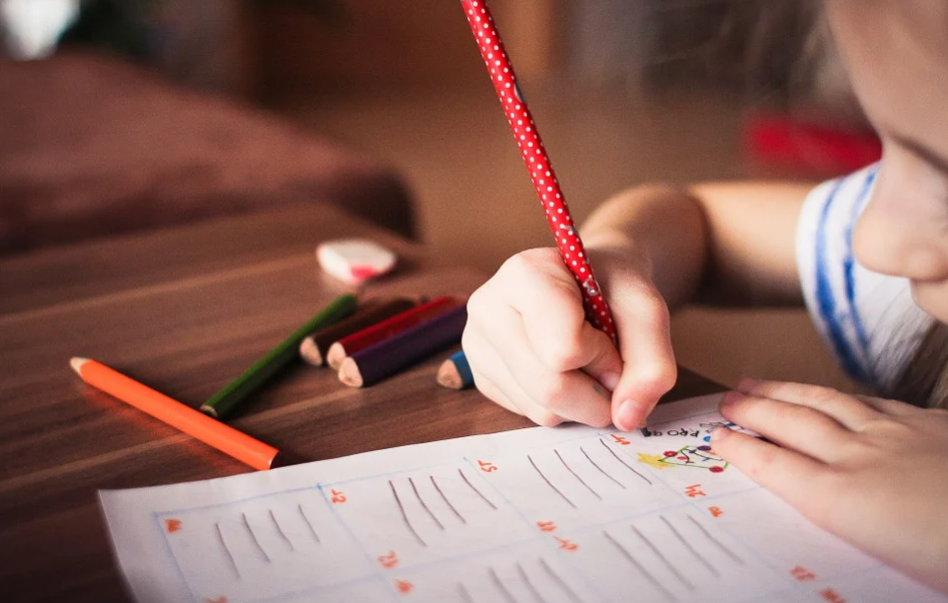A word search puzzle can be more fun if it fits the people who find the keywords. You can search for your title in the puzzle. Also, it can be customized for your occasion or the occasion. Your own customized word search puzzle that you build from unscrambler can help your family, and you recall some of the family’s story and special moments. Here are five steps to create your own word search puzzle.
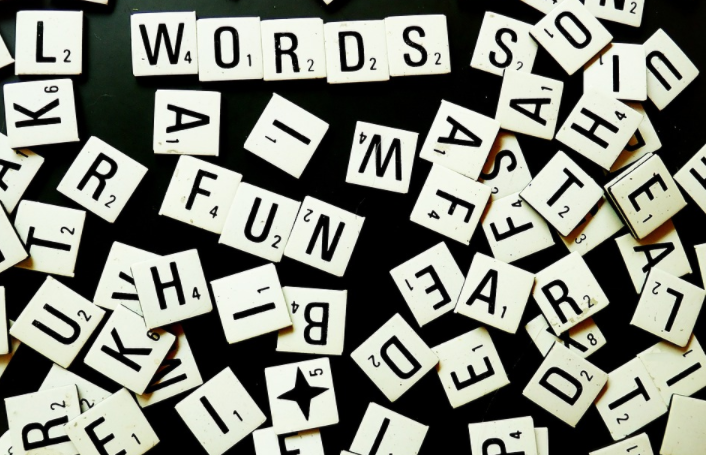
Do Some Brainstorming of the Words
The first step in creating a word search puzzle is to think about the words you want to extract from the puzzle. If you focus on a specific topic, such as names, tasks, or hobbies, it will still be easy. Create a list of words. You can consider the age of the men and women who will complete the puzzle. Younger puzzles may need a closer collection of phrases. You might consider how long you would like to keep them busy.
The more words you have, the longer it will take to find each word, and the more likely you are to create a larger grid. I think twenty-five words for half an hour is a wonderful size. You may also have some lower priority words to add if you have space, but you may want to omit them if there is not enough space. I leave the numbers out to keep the puzzle simple. I hope you recognize some of these titles.
Create a Grid
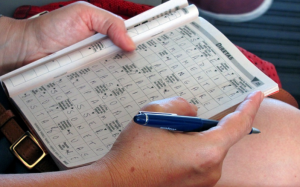 The next problem is to create a grid in which to insert the words. You can put it on a newspaper sheet. Sandpaper can work particularly well with it. I like to keep the grid flexible, so I put it in the middle of a sheet of paper to add a second column or row as soon as I have a word for which I can’t find space. Draw lots of rows and columns.
The next problem is to create a grid in which to insert the words. You can put it on a newspaper sheet. Sandpaper can work particularly well with it. I like to keep the grid flexible, so I put it in the middle of a sheet of paper to add a second column or row as soon as I have a word for which I can’t find space. Draw lots of rows and columns.
You can also create your search and discover something on your computer using a word processor along with a spreadsheet program. I use an old version of Microsoft Word, so I will explain the steps without going into details. I chose Insert Table to find a table. Then select the whole table or a column in the grid, and then click. These steps double the number of columns you have.
Place the Words on the Grid
The next step in creating a search and location puzzle is to place the words on the grid. Make sure you have enough space for the time you want to place it. A word with more than one term must be put together to form a sentence without spaces in between. If you are not creating a puzzle for very young children, you can also place them. Try to save the space. You can do it using a letter of a sentence when working on another word and placing the words as close together as possible.
For example, you can see how MILLIONAIRETIPS is placed as a word in the middle of the grid. The expression MOONLAKE is positioned diagonally and shares the letter with MILLIONAIRETIPS. Make sure you have enough space to enter the entire word. This way, you can construct your puzzle.
Finish the Puzzle
After entering all these words onto the puzzle, you may have added words you can’t find or words you have no words for. It’s okay; we can clean it up. If you have extra spare words, you can add some rows or columns to include those words. If you have columns or rows that have not been used, as I do, the puzzle will probably contain other words or remove any empty columns or rows. I right-click on a sterile option and then select the Delete cells in Column option.…

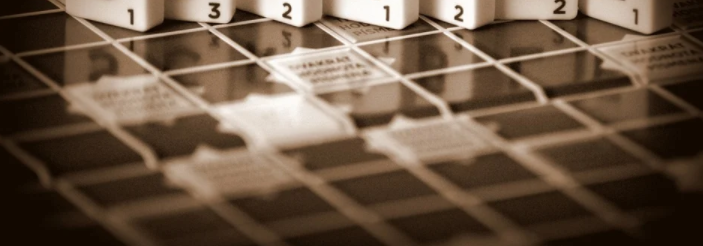
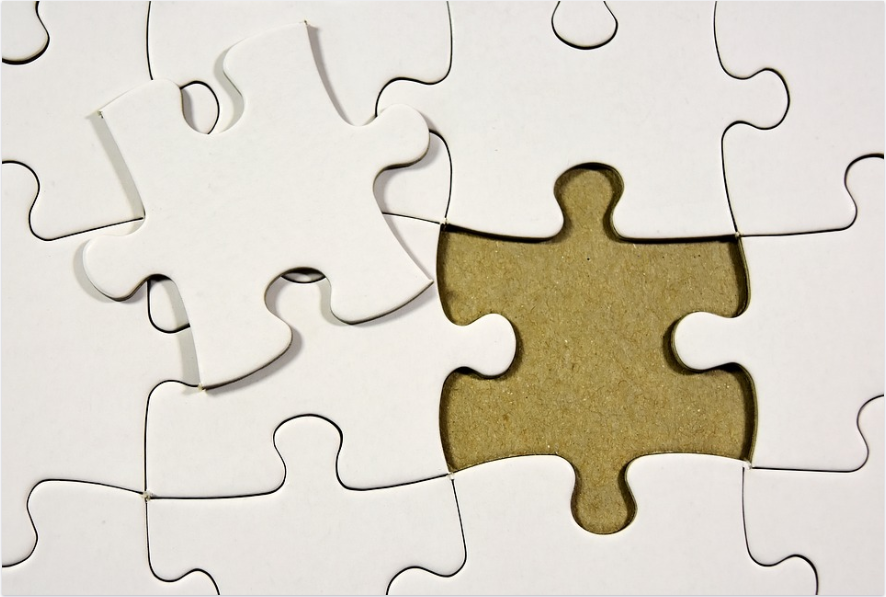
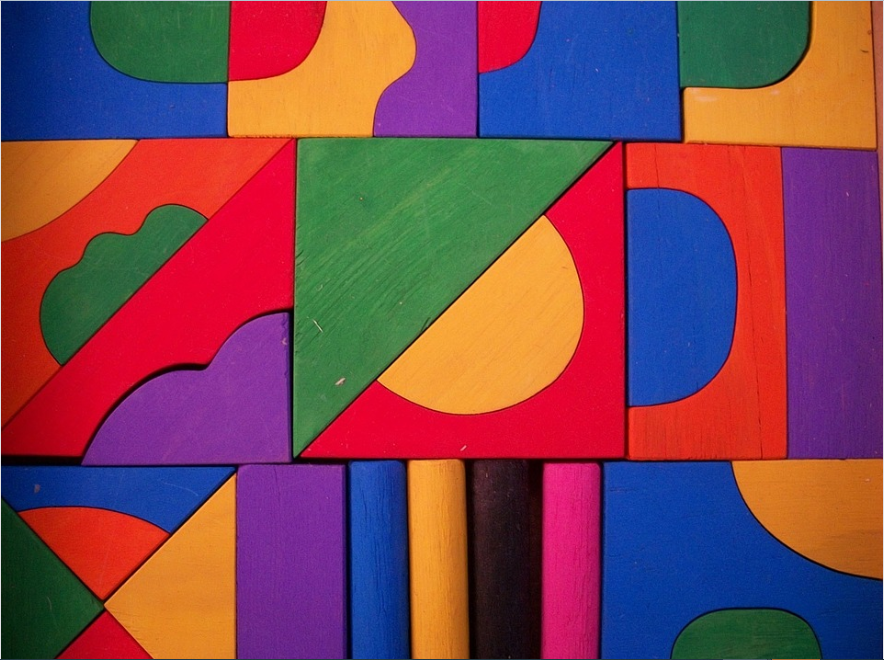
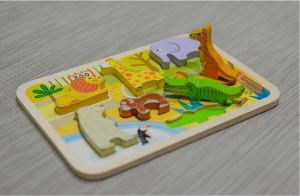 Imagine a 6-year-old boy completing a 9-piece puzzle. You would have finished it in less than a minute. On the other hand, a puzzle of 400 pieces is beyond his abilities. It shows exactly how important the number of pieces of a puzzle is to your child’s abilities. The number of bits is one of the most important factors in choosing the ideal puzzle for children.
Imagine a 6-year-old boy completing a 9-piece puzzle. You would have finished it in less than a minute. On the other hand, a puzzle of 400 pieces is beyond his abilities. It shows exactly how important the number of pieces of a puzzle is to your child’s abilities. The number of bits is one of the most important factors in choosing the ideal puzzle for children.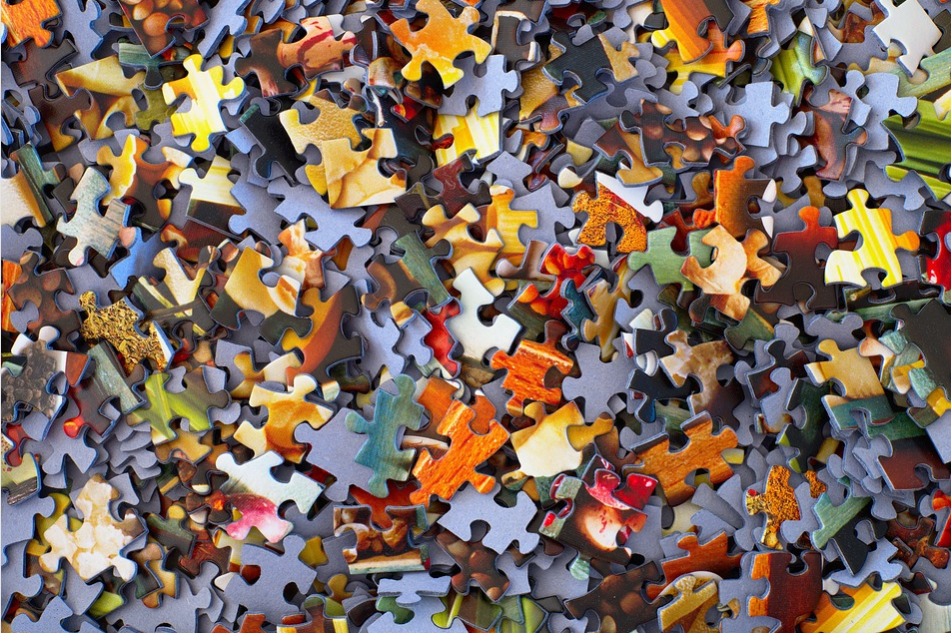
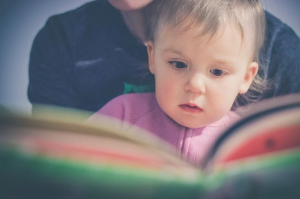 One of the most common types of this word puzzle uses the word position to create another word or phrase. When one puzzle includes the term “man” within the word “moon,” it establishes the understanding answer “a person on the moon” from the way the words are positioned. This form of puzzle promotes reading skills development to help children identify and distinguish different words. Other patterns of the puzzle also help introduce children to the study of thought in understanding reading text. The puzzle model requires the skill to read either from left to right or top to bottom or even highlighted or copied to guide the player in solving the puzzle mystery. For instance, if there are three repetitions of the word “base” and an arrow points the first one, then the player can find the puzzle key as “first base.” These two puzzle patterns are undoubtedly great for developing their reading skills and understanding new words better.
One of the most common types of this word puzzle uses the word position to create another word or phrase. When one puzzle includes the term “man” within the word “moon,” it establishes the understanding answer “a person on the moon” from the way the words are positioned. This form of puzzle promotes reading skills development to help children identify and distinguish different words. Other patterns of the puzzle also help introduce children to the study of thought in understanding reading text. The puzzle model requires the skill to read either from left to right or top to bottom or even highlighted or copied to guide the player in solving the puzzle mystery. For instance, if there are three repetitions of the word “base” and an arrow points the first one, then the player can find the puzzle key as “first base.” These two puzzle patterns are undoubtedly great for developing their reading skills and understanding new words better. 